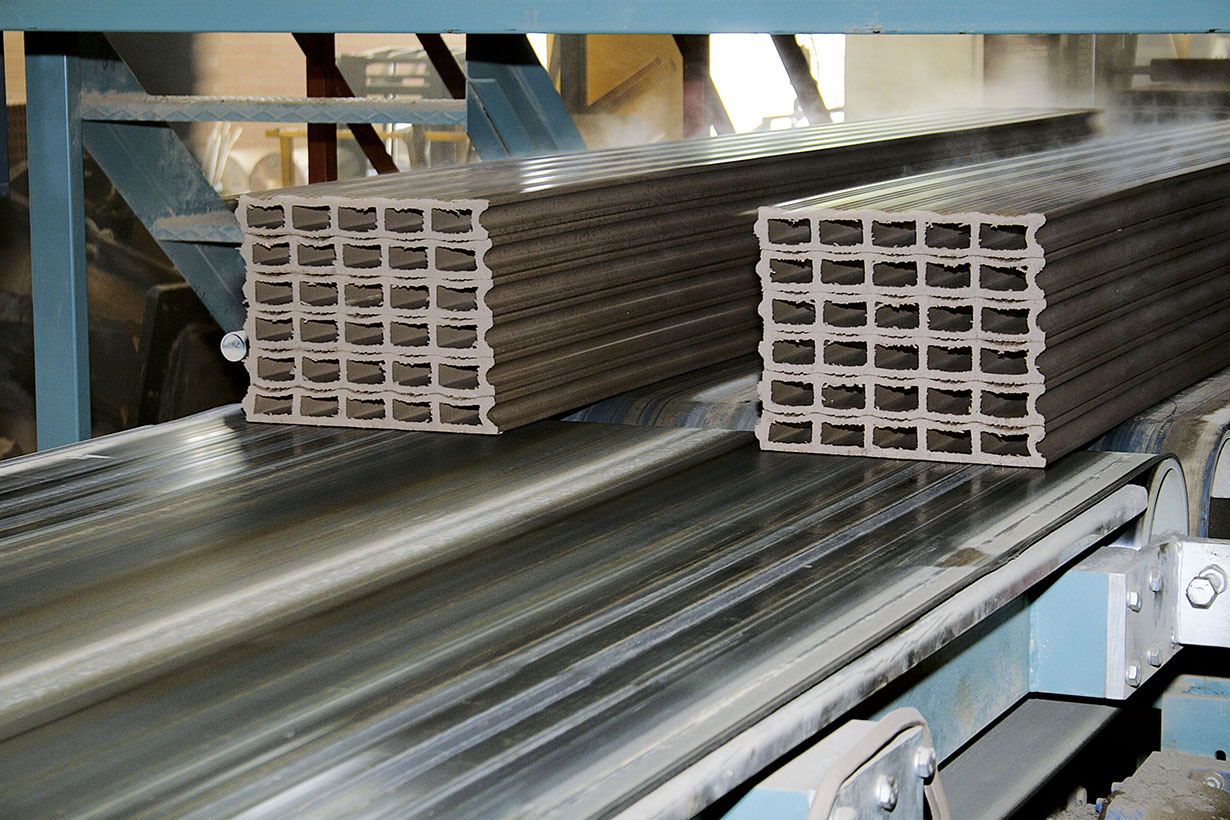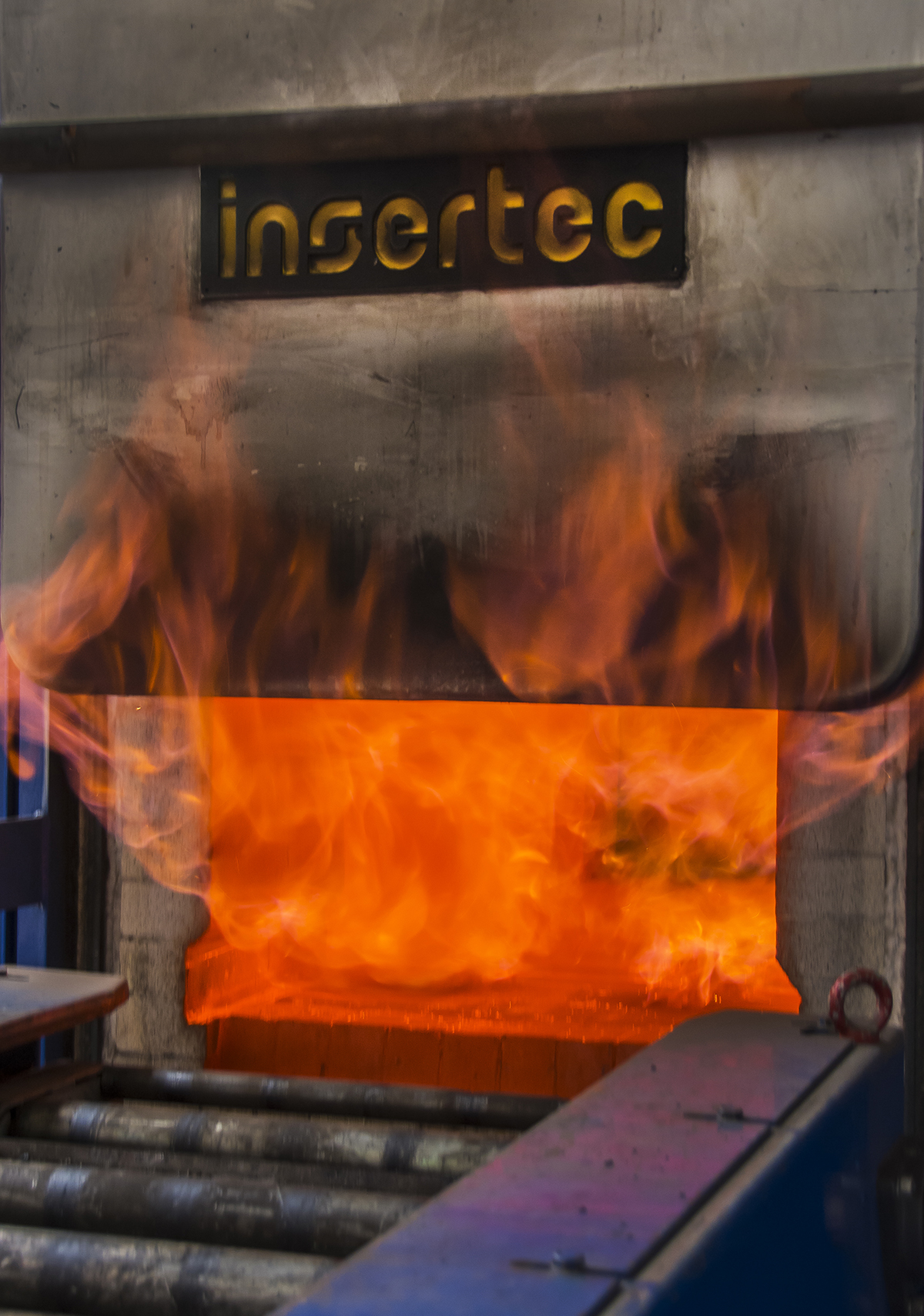

“At MORTE, we are open to new approaches in the fields of research, development and innovation to deliver products and services that improve the quality and productivity of our customers and the ceramic industry.”
Marcos Morte. Manager.
The concern and commitment to our customers that we have at MORTE, results in a constant attitude oriented towards innovation in all areas of the company, which comes mainly from R+D and production departments.
During the last 15 years we have addressed several research projects that have enabled us to collaborate with technological research centres, universities, R+D departments of other companies, customers and suppliers; thus increasing our internal know-how and experience.
This innovative culture, is part of our DNA, and leads to a continuous search for new materials, coatings and solutions to improve the durability of the different parts of the die, frequently thinking about customer profitability and always offering better products than our competitors.
CONTINUOUS SEARCH FOR MATERIALS AND COATINGS
Our Approach
The clay extrusion process has associated with it the progressive wear of the components (frame, cores and core holder) responsible for defining the final shape of the ceramic product. This leads to a continuous increase in weight of the products to be extruded until these components are replaced.
Research Focus:
- Continuous surveillance of technologies, materials and coatings, in collaboration with suppliers, material treatment companies, universities and technology centres.
- Performing comparative tests, tribological characterisation of materials in laboratories and assessment of potential vs profitability.
- Testing in ceramic companies to validate laboratory results.
- Periodic R+D projects with representative bodies, scientifically analysing the possibilities of different materials and coatings and analysing technologies from other sectors.
- Assessing the industrialisation of the process at MORTE.
Solutions found:
- “Ad hoc” formulations in tungsten carbide, commercially known as MOR-05, following collaboration with a multinational manufacturer and testing on different ceramics.
- Highly wear resistant material (AERAD), leading to the manufacturing of core holders without welding which last far longer than the other materials used in this part of the die.
- AECROM, a material developed by us, with good wear resistance which is subsequently subjected to a hard chromium coating.
NEED
The extrusion of several ceramic blocks in parallel, or with many exits, led to a pressure variation in certain areas of the die, which resulted in final products with slight dimensional and structural changes, resulting from the different compaction during extrusion.
Work method
- Depth analysis of the need in different ceramic plants, mainly in Spain.
- Evaluation of different alternatives in the design of the dies.
- Internal testing to assess the pros and cons in manufacturing, handling and maintenance.
- Implementation of functional prototypes (dies).
- Protection of the idea, via patent.
- Testing in ceramic plants for different products.
- Validation of the results.
- Extension of the patent to France, Italy and Germany.
Results achieved
After manufacturing various dies for different products and testing with customers, a solution with an optimised interior design has been achieved applicable to multi-exit dies, with the following advantages:
- Uniform bar speed during extrusion.
- Exit stability with pressure variations.
- Homogeneous compaction.
- Higher quality of extruded products.
- Clay flow control around the perimeter of each exit.
Thanks to this project we have become an increasingly committed organisation committed to improve the competitiveness and profitability of our customers.
NEED
The rapid growth of the Spanish ceramics market until the year 2008 required a quick response from die manufacturers, which should be accompanied by a guarantee of quality of the products supplied (dies and pressure heads).
To manufacture these products, at MORTE we outsourced a small part of the production process that sometimes led to delivery delays.
An in-depth analysis of these key processes was performed so as to find efficient solutions.
Work method
- Analyse alternatives on the market for the activity to be developed.
- Evaluating facility profitability vs Customer Service.
- Select facilities to incorporate.
- Implementation and staff training in their use and maintenance.
- Use of new facilities or machinery.
- Modification of design and manufacturing processes.
- Implementation at the production level.
Results achieved
We have added the following facilities in recent years:
- Heat treatment line for hardening and case hardening.
- Combined oxycut and plasma cutting line.
These additions benefit our customers by providing them with:
- Better quality of the product delivered.
- Reduced response times in merchandise delivery.
- Greater hardness uniformity for components subjected to heat treatment, especially the frame, cores and inner steel.
- Flexibility in setups and modifications.
NEED
The complexity of certain products, especially ceramic blocks, with designs that contain a variety of different components with complex geometries, has required internal reflection on the way we used to design and manufacture, as we needed to be more competitive.
WORK METHOD
- Analysis of the design and manufacturing processes for each die part.
- Suitability of the machinery used.
- Evaluation of the tools cutting conditions.
- Evaluation efficiency of programming Technical Office vs Programming at the machine.
- Optimisation of machining paths.
- Study of reference systems and parts replacement.
- Control of tools.
RESULTS OBTAINED
A phased implementation of a series of actions has transformed the way we work, as follows:
- Reduction in machine cycle times for die components.
- Optimisation of machining times.
- Increased versatility of the company machinery.
- Better use of existing resources (equipment), resulting in increased production capacity.
- Improved quality in customer service






